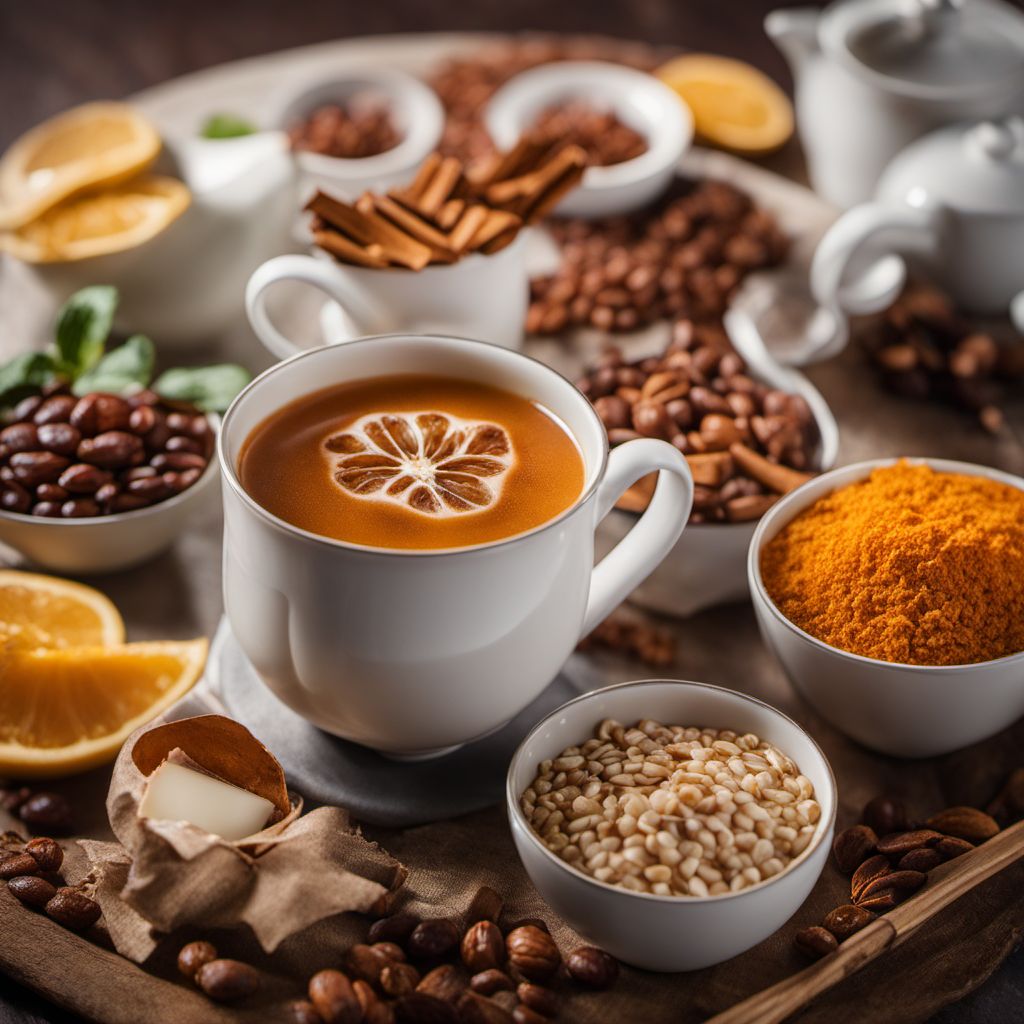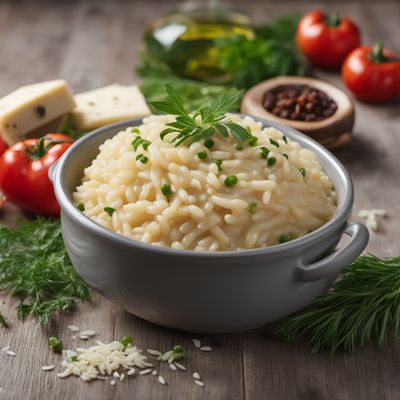
Ingredient
Hot drinks and infusions composite ingredients
The Art of Infusion: Crafting Flavorful Hot Beverages
Hot drinks and infusions composite ingredients encompass a diverse array of components, including herbs, spices, fruits, and botanicals. They contribute unique flavors, aromas, and colors to hot beverages, elevating their taste profiles. Whether it's a soothing herbal tea or a spiced chai latte, these ingredients play a crucial role in creating memorable hot drink experiences.
Origins and history
The use of composite ingredients in hot drinks and infusions dates back centuries, with different cultures and regions developing their own unique blends. From the traditional Chinese tea ceremonies to the aromatic spice blends of India, these ingredients have been an integral part of cultural and culinary traditions worldwide.
Nutritional information
Hot drinks and infusions composite ingredients offer a range of nutritional benefits depending on the specific components used. For example, herbal ingredients like chamomile or peppermint can have calming effects, while citrus peels may provide a dose of vitamin C. However, the nutritional content can vary significantly depending on the specific ingredients and preparation methods.
Allergens
There are no known allergens associated with hot drinks and infusions composite ingredients as a whole. However, individual ingredients may have allergenic properties, so it's important to check for specific allergens when using them in recipes.
How to select
When selecting hot drinks and infusions composite ingredients, opt for high-quality, organic options whenever possible. Look for ingredients that are fresh, aromatic, and free from any signs of spoilage or contamination. For loose leaf teas or herbs, choose whole leaves or buds for optimal flavor.
Storage recommendations
To maintain the freshness and flavor of hot drinks and infusions composite ingredients, store them in airtight containers away from direct sunlight, moisture, and strong odors. Proper storage will help preserve their aromatic qualities and extend their shelf life.
How to produce
Producing hot drinks and infusions composite ingredients requires expertise in blending and proportioning different components. Amateur enthusiasts can experiment with creating their own blends by combining complementary flavors and adjusting the ratios to suit their preferences.
Preparation tips
Hot drinks and infusions composite ingredients can be used in various ways depending on the desired beverage. For teas, steep the ingredients in hot water for the recommended time to extract their flavors. For coffees, infuse the ingredients during the brewing process or add them as garnishes. Experiment with different combinations and brewing techniques to discover your favorite flavor profiles.
Substitutions
Hot drinks and infusions composite ingredients offer a wide range of flavors and aromas, making it challenging to find exact substitutes. However, similar ingredients with comparable characteristics can be used to achieve similar effects. For example, if a recipe calls for rose petals, hibiscus flowers can provide a similar floral note. It's important to consider the specific flavor profiles and characteristics of each ingredient when selecting substitutes.
Culinary uses
Hot drinks and infusions composite ingredients are commonly used in a variety of hot beverages, including teas, coffees, hot chocolates, and herbal infusions. They can be used to create traditional recipes or innovative concoctions, adding depth and complexity to the final drink.
Availability
Hot drinks and infusions composite ingredients are available worldwide, with different regions and cultures having their own unique blends and preferences. Some popular examples include Chinese tea blends, Indian masala chai, Moroccan mint tea, and English breakfast tea.
More ingredients from this category
Recipes using Hot drinks and infusions composite ingredients » Browse all

Swiss Cordon Bleu with a Twist
Savory Swiss Delight: Stuffed Cordon Bleu with a Crunchy Coating

Continental Roll with a Twist
Savory Delight: The Ultimate Continental Roll Reinvented

Alpine-inspired Savory Vegetable Cake
Mountain Delight: Hearty Alpine Vegetable Cake

Classic Patty Melt
Savory Beef and Cheese Patty Melt Delight

Wisconsin-style Stuffed Tomatoes
Cheesy Tomato Delight: Wisconsin-style Stuffed Tomatoes

Swiss Cheese Risotto
Cheesy Delight: Swiss Cheese Risotto with a Creamy Twist

Cuban-Inspired Pulled Pork Sandwich
Caribbean Delight: A Tropical Twist on Pulled Pork Sandwich

Reuben Dog with a Twist
Savory Delight: The Ultimate Reuben Dog

Swiss Potato Pancakes with Herbs and Cheese
Savory Swiss Potato Delight

Alpine Green Rice
Mountain Magic: Alpine Green Rice Delight

St. Galler Brot - Swiss Cheese Bread
Cheesy Delight: St. Galler Brot

Swiss-style Harapash
Cheesy Swiss Harapash Delight

